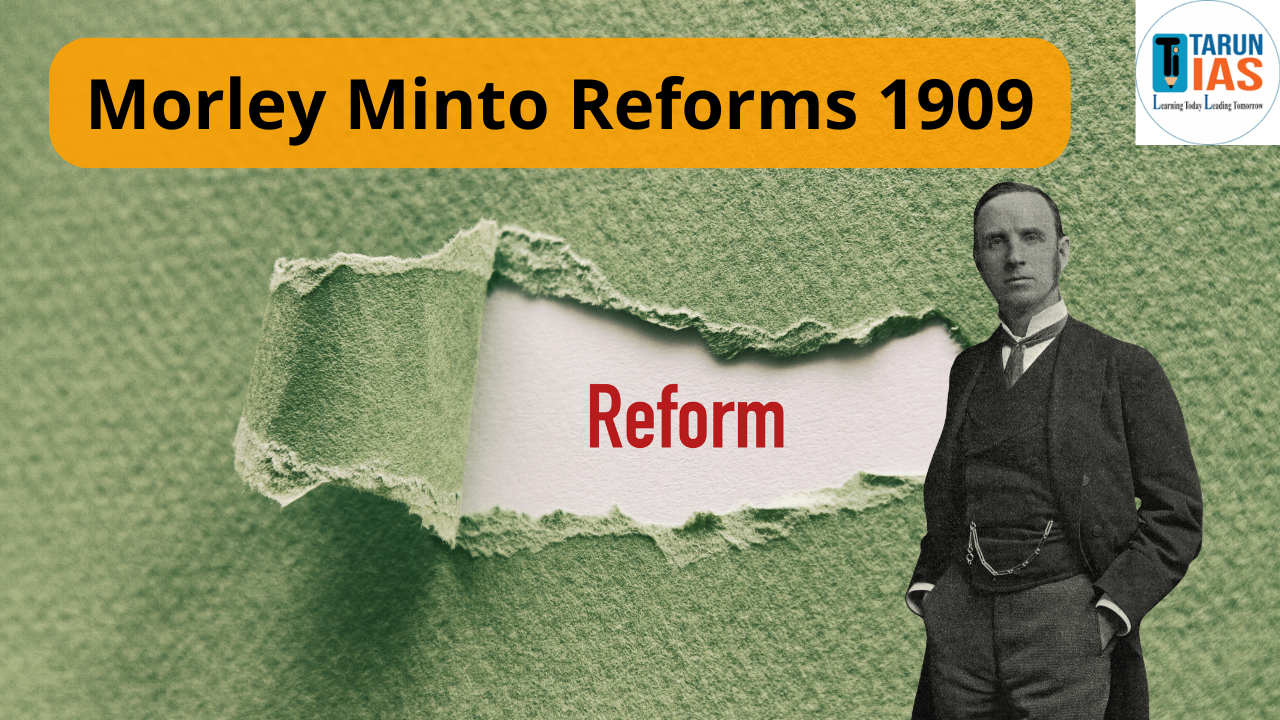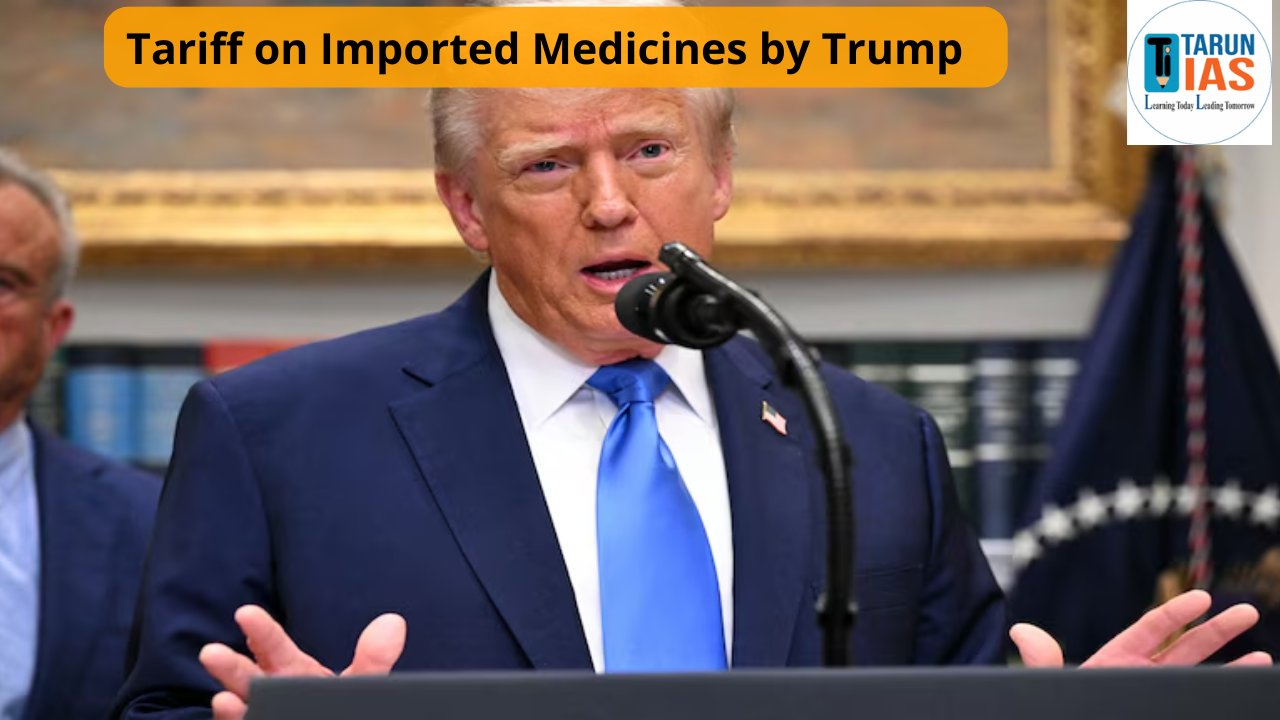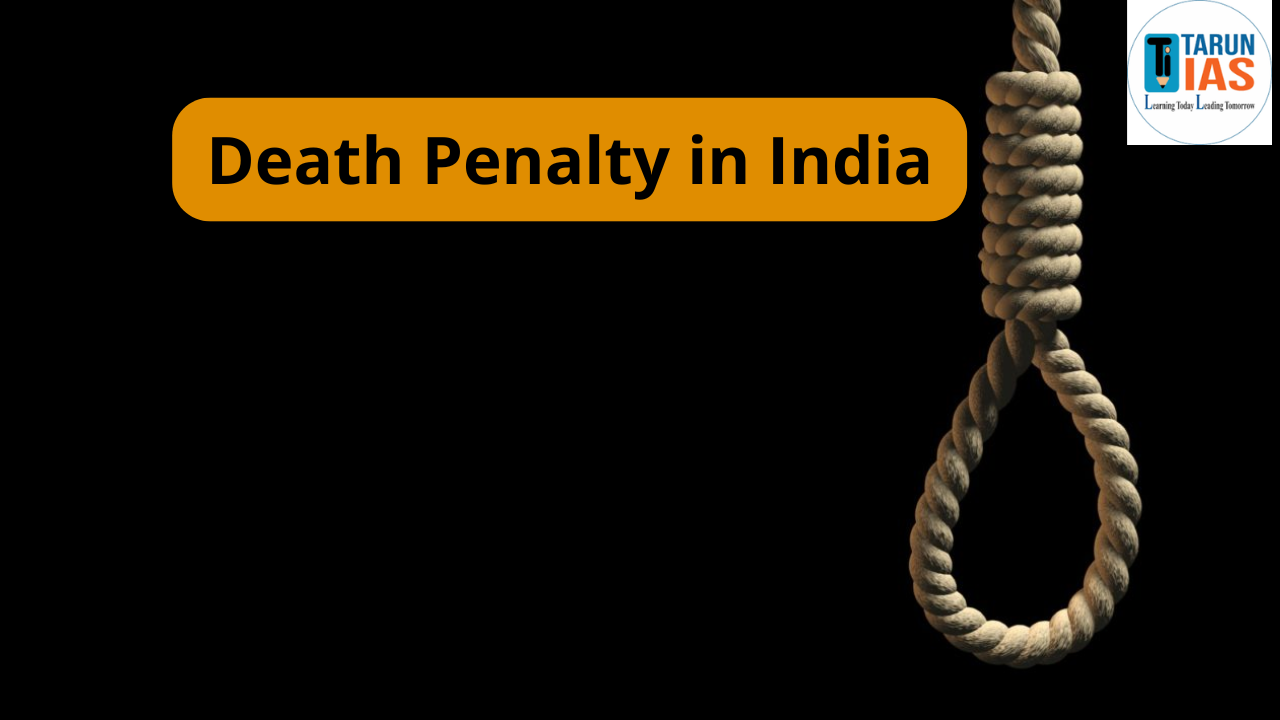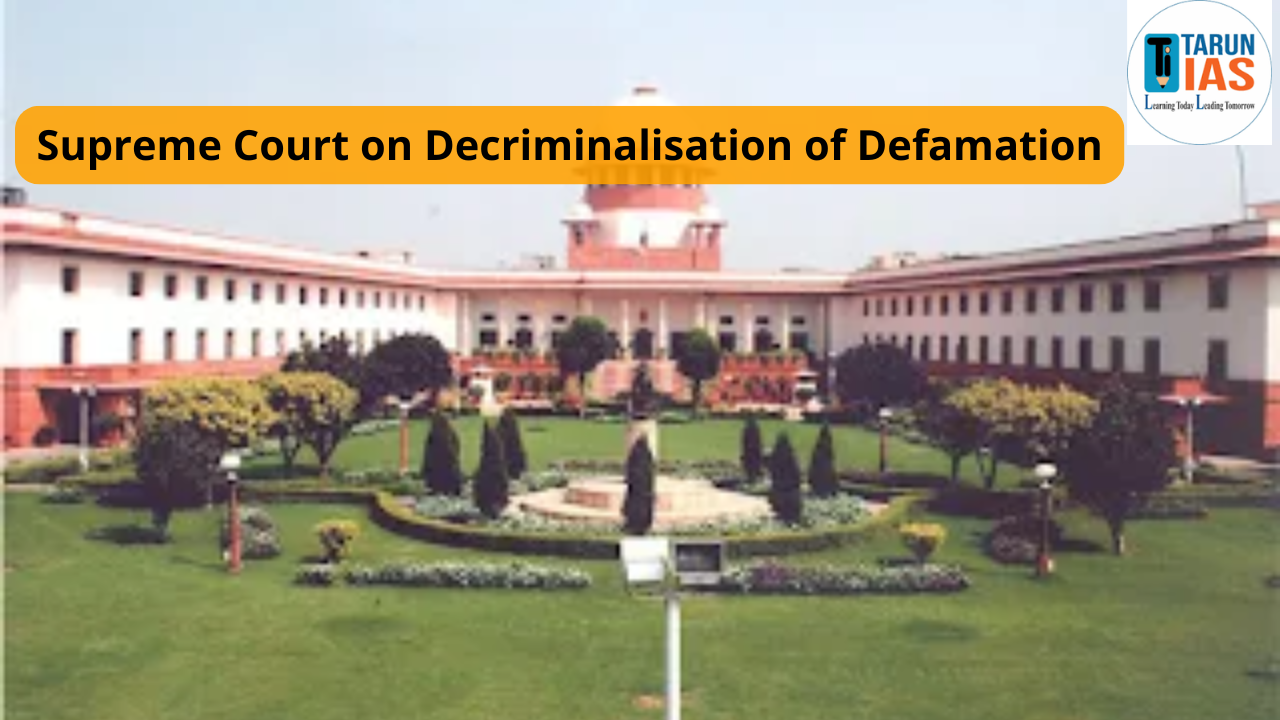The Indian Councils Act of 1909, commonly known as the Morley Minto Reforms, stands out as a pivotal moment in colonial India’s constitutional development. It marked a significant shift in British policy towards India, with far-reaching implications for Indian politics, communal representation, and the Indian national movement.
Morley Minto Reforms Background and Context
To comprehend the necessity and impact of the Morley Minto Reforms, we must first analyze the socio-political circumstances prevailing in India during the late 19th and early 20th centuries.
-
Dissatisfaction with the Indian Councils Act of 1892
-
-
- The Indian National Congress, which had emerged as the voice of the educated Indian middle class, was increasingly disillusioned with the limited scope of the Indian Councils Act of 1892.
- While that Act allowed for slight enlargement of legislative councils and introduced the concept of indirect elections, it failed to deliver genuine political representation or administrative reforms.
- Queen Victoria’s Proclamation of 1858, which had promised non-discriminatory access to public services, remained largely unfulfilled.
-
-
Growing Nationalist Demands
-
-
- By the turn of the century, the Indian National Congress had split into two ideological factions: Moderates and Extremists. The Moderates, under leaders like Gopal Krishna Gokhale, advocated for gradual reform and constitutional means.
- The Extremists, led by Bal Gangadhar Tilak and Bipin Chandra Pal, demanded swaraj (self-rule) and adopted more confrontational methods.
- The British government, apprehensive of the rising discontent and revolutionary activities, sought to pacify the Moderates while simultaneously dividing the nationalist camp. This dual objective laid the foundation for the Indian Councils Act of 1909.
-
-
Communal Demands and the Role of Muslims
-
- Simultaneously, Muslim leaders like Aga Khan and Syed Hussain Bilgrami pressed for separate representation for Muslims, fearing marginalization in a Hindu-majority political setup.
- Lord Minto, the Viceroy of India, received a Muslim delegation (famously known as the Simla Deputation) in 1906. This led to the consideration of communal electorates, which later became a central feature of the 1909 reforms.
Key Person Behind the Morley Minto Reforms
- The reforms are named after two central British figures:
- Lord Morley: Secretary of State for India in the British Parliament.
- Lord Minto: Viceroy of India.
- Their combined vision and policy efforts led to the drafting and implementation of the Indian Councils Act of 1909.
Objectives of the Morley Minto Reforms
- The Morley Minto Reforms aimed to achieve the following:
- It increased the participation of Indians in the British India government.
- Appease the Moderate faction of the Indian National Congress.
- Undermine the growing influence of Extremist nationalists.
- Accommodate communal demands to secure loyalty from different sections of society, particularly Muslims.
Salient Features of Indian Councils Act 1909
The Indian Councils Act of 1909 introduced indirect elections, expanded legislative councils, and allowed limited Indian participation—but preserved British dominance in decision-making.
-
Expansion of Legislative Councils
-
- The membership of the Central Legislative Council increased from 16 to 60 members.
- Provincial legislative councils also saw a rise in the number of members. The exact size varied based on each province’s importance and administrative complexity.
-
Introduction of Separate Electorates
-
- For the first time, Muslims were granted separate electorates, enabling them to elect their own representatives to the councils.
- This system institutionalized communal politics in India and laid the foundation for future divisions.
- Lord Minto earned the title “Father of the Communal Electorate” for this controversial measure.
-
Indian Participation in Executive Councils
-
- Indians were appointed to the Viceroy’s Executive Council, a previously all-European body.
- Satyendra Prasad Sinha became the first Indian to be appointed as the law member of the Viceroy’s Executive Council in 1909.
-
Enhanced Powers of Legislative Councils
-
- Councils were allowed to discuss budgets and move resolutions.
- Members could ask supplementary questions and seek clarifications from the executive.
- However, the executive remained unaccountable, and the scope of influence of elected representatives was limited.
-
Representation from Special Interest Groups
-
- Seats were also allocated for entities like the Chambers of Commerce, Zamindars, Universities, and Presidency Corporations.
- This measure aimed to ensure representation for commercial and landed interests.
Impact and Evaluation of Morley Minto Reforms
The Morley-Minto Reforms introduced separate electorates and limited Indian representation, but deepened communal divisions and failed to meet nationalist aspirations for real political power.
Morley Minto Reforms Positive Outcomes
- Beginning of Electoral Politics:
- Although limited, the introduction of elections created political awareness among Indians.
- It laid the foundation for the democratic structure of future Indian governance.
- Increased Indian Representation:
- Indian voices were now part of decision-making, even though their influence was minimal.
- Entry of Indians into the executive councils was a step toward inclusivity.
- Legislative Empowerment:
- Councils could now deliberate, ask questions, and influence discussions.
- Members had the power to critique government policies openly.
Morley Minto Reforms: Limitations and Criticisms
- Institutionalization of Communalism:
- The introduction of separate electorates for Muslims created a permanent wedge between Hindus and Muslims.
- This division was later exploited in subsequent reforms and eventually led to the Partition of India in 1947.
- Limited Franchise:
- Voting rights were restricted to a minuscule section of the population, primarily landowners, tax-payers, and elite groups.
- The reforms failed to empower the common masses.
- Token Representation:
- Indian representatives had little real power; the official majority was retained at the center.
- The executive was not responsible to the legislature, maintaining colonial dominance.
- No Provision for Self-Government:
- Despite Gokhale’s plea for a step toward self-governance, the reforms did not address this aspiration.
- The Act focused more on representation and appeasement rather than autonomy.
Responses from Indian Political Circles on Morley Minto Reforms
Indian leaders criticized the reforms as inadequate and divisive. Moderates saw them as a minor step, while extremists and nationalists condemned the communal electorates as a tool of British divide-and-rule.
- Indian National Congress
-
- The Congress accepted the reforms with strong reservations.
- Moderates saw it as a partial success but insufficient.
- Extremists criticized the Act for being divisive and cosmetic.
- Muslim League
-
- The All India Muslim League, founded in 1906, welcomed the separate electorates.
- It saw the provision as recognition of Muslim political identity.
- This divergent response highlighted the deepening communal lines in Indian politics.
Long-term Consequences of Morley Minto Reforms
The reforms institutionalized communal electorates, sowing seeds of religious division, weakened national unity, and laid the foundation for future communal politics, ultimately influencing the trajectory toward Partition.
- Rise of Communal Politics:
- The separate electorates reinforced the notion of political identity based on religion.
- It became a recurring feature in later Acts (1919, 1935) and eventually culminated in the two-nation theory.
- Increased Political Consciousness:
- Electoral participation, even if symbolic, led to the growth of political parties and debates.
- It encouraged Indians to demand more substantial reforms, leading to the Montagu-Chelmsford Reforms (1919).
- Legitimization of Divide and Rule:
- The British tactically used communal differences to maintain control.
- The Act became a classic example of colonial manipulation under the garb of reform.
Conclusion
The Morley Minto Reforms of 1909 represent a paradox in Indian constitutional history. While they introduced Indians to limited electoral politics and legislative participation, they simultaneously sowed the seeds of communal division.
For the British, the reforms were a strategic move to divide Indian society and maintain imperial dominance. For Indian nationalists, it was a bitter pill that highlighted the need for greater unity and more radical demands.
















